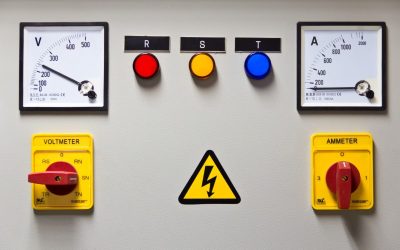In electronics systems, there are both active as well as passive components. A passive component is one which does not allow for power gain and, therefore, it is not designed to act in any type of amplifying capacity. This is true for many components, including current inductors, which are designed to prevent changes in the electrical currents that travel through the component.
However, these components don’t require additional energy to create this change; it is the stored energy in the core that is created when the current is flowing that does the work.
Working Basics
In a very basic definition of how they work, think of a core around which a wire is coiled or wound. The core can be toroidal, or donut shaped, it can be bead-shaped or it can also be a solid linear core shape.
As a current passes through the wire, which is typically copper, or sometimes a magnetic type of wire coated with enamel, it builds up energy which is then stored in the coil. The energy will continue to be stored in the coil as long as it is flowing through the wire.
When the current changes, there is a change in voltage, which causes the energy stored to be released to create an opposing charge. This change is measured in henries (H) and different styles and designs of current inductors will have different ratings, making them suitable for different applications and uses.
Variations
From the standard types of inductors, there are a lot of specialized elements in their simple design. These can include plastic cores, or ceramic cores, which are sometimes called air core inductors.
There are also laminated cores, which use a stack of thin sheets of steel that are then covered with an insulating layer. These are not commonly used today, but they were common for use in metal halide lamps and other devices where the current inductors almost acted as a transformer.
Additionally, there are some very unique windings or coil patterns that can be used on these inductors. A spiderweb coil, which includes flat but spiral coils wound round slots, is commonly used to reduce capacitance. Another option is the basket weave coil, where the windings actually cross at an angle throughout the pattern.
There are many different uses for inductors throughout electronics. They are commonly found in anything using AC current, which means electronic equipment and also used in radio and TV systems and equipment to be able to filter and tune to different channels and frequencies.



